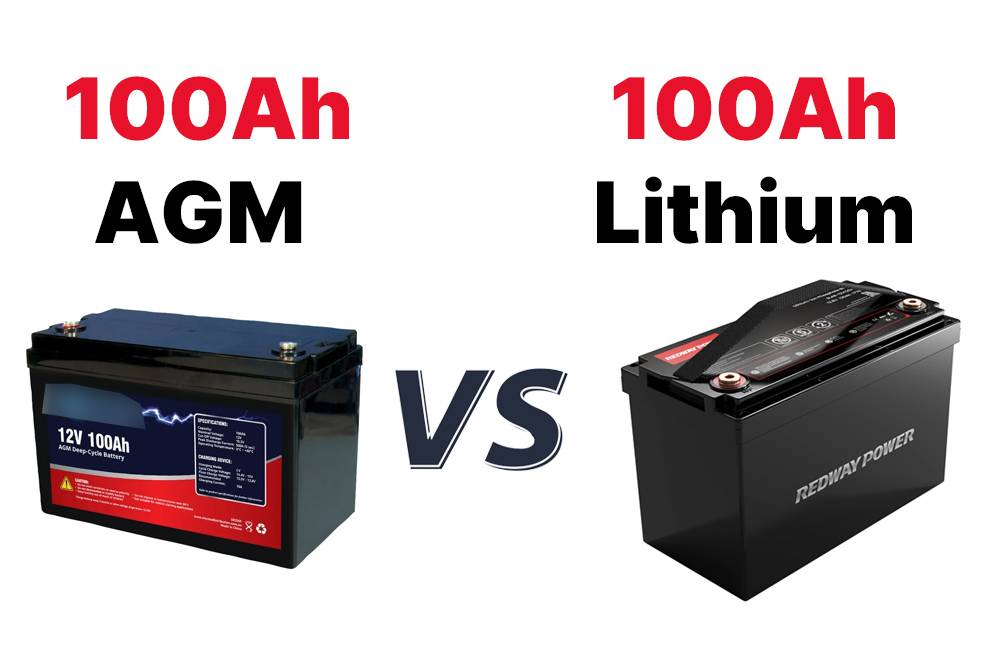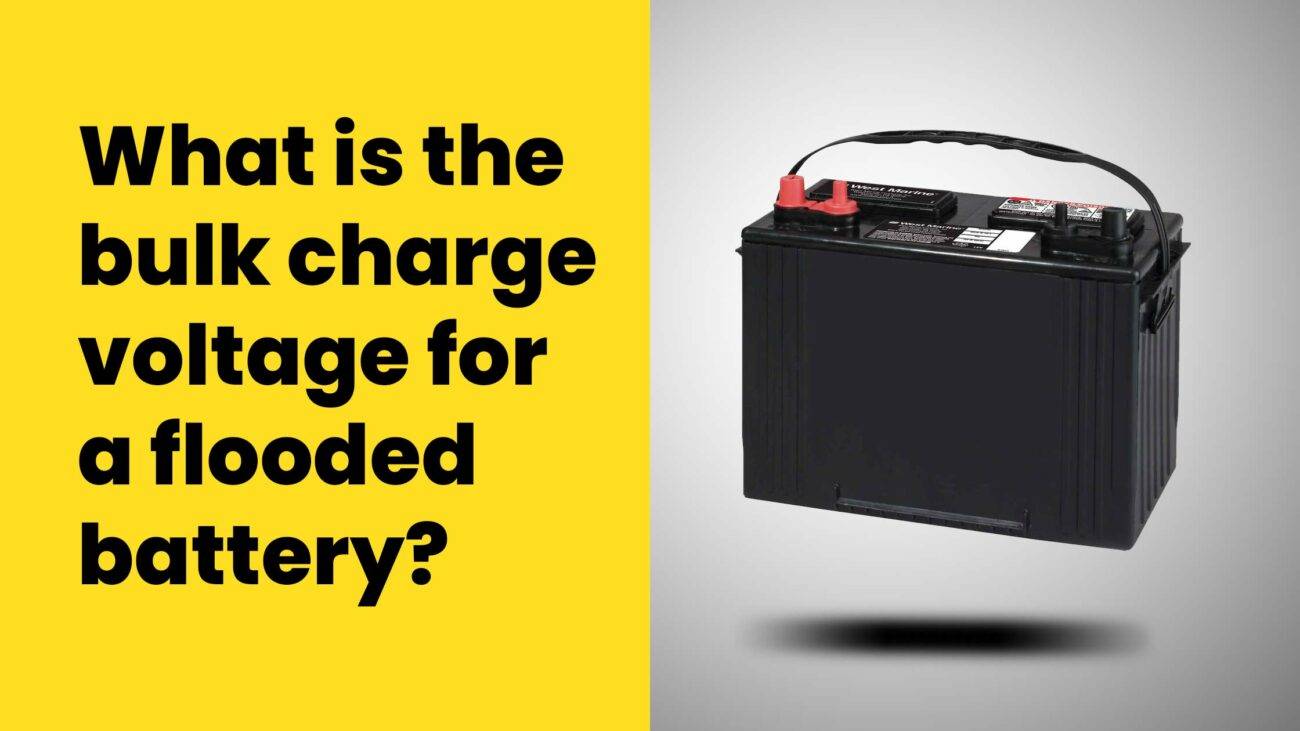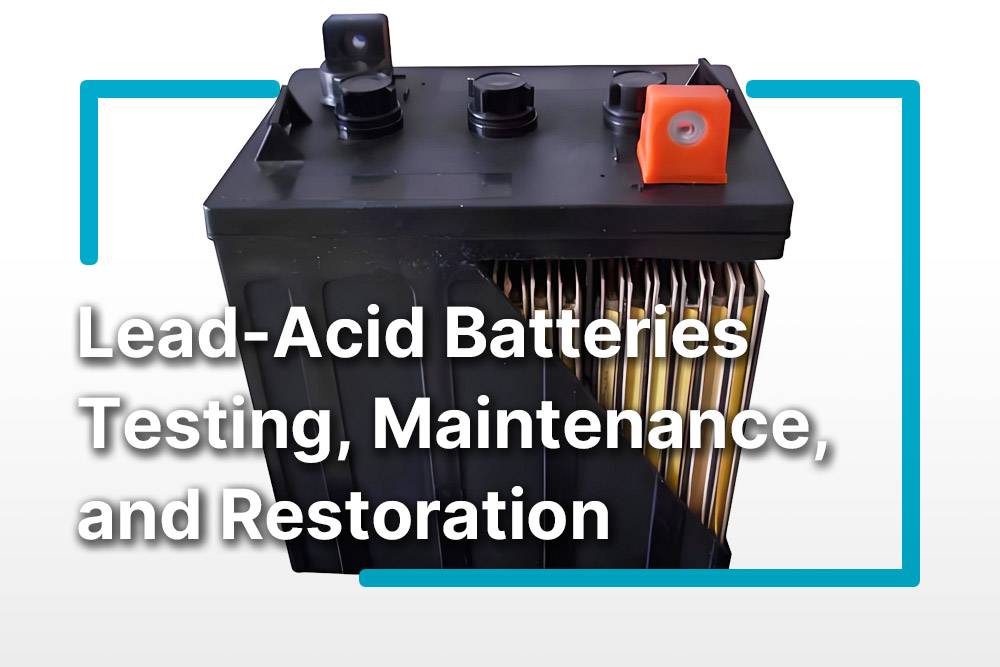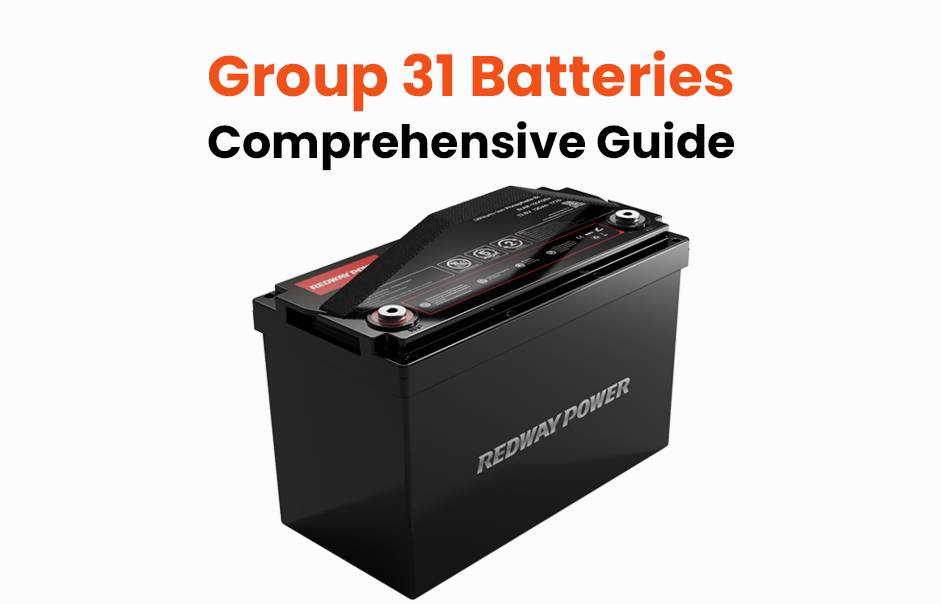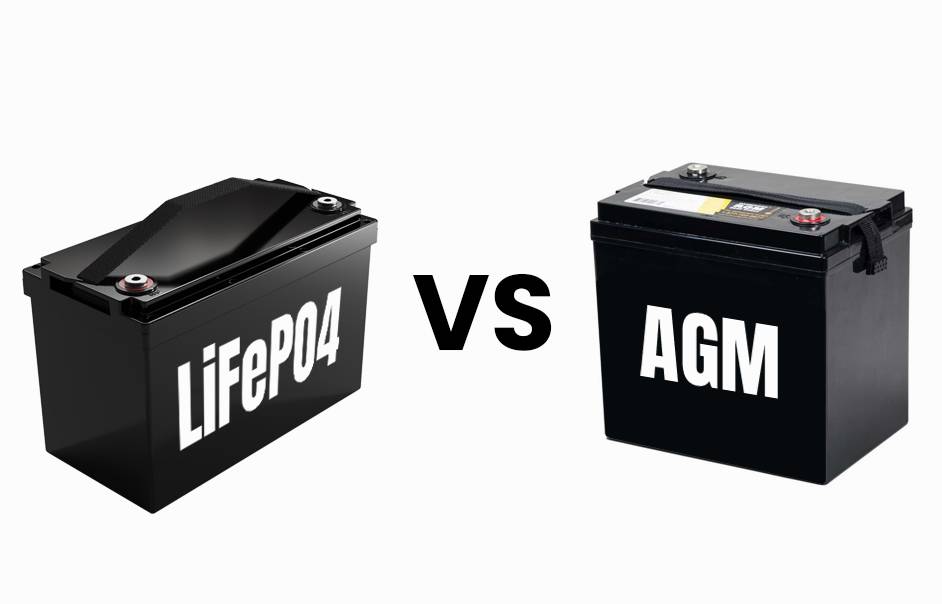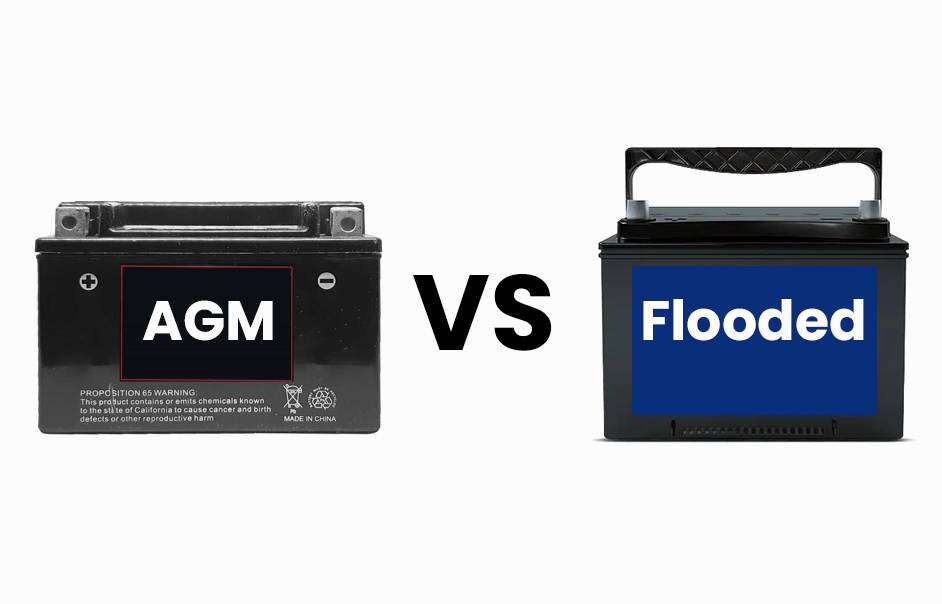- Forklift Lithium Battery
- Golf Cart Lithium Battery
- Rack-mounted Lithium Battery
51.2V 100Ah Rackmount LiFePO4 Battery
8000 times (80% DOD 0.5C)
Optional SNMP for TELECOM - Car Starter Battery
- 12V LiFePO4 Battery
12V 150Ah Lithium RV Battery
Bluetooth App | Self-heating
LiFePO4 | Group 31
UL 1642 | IEC 62619 - 24V LiFePO4 Battery
- 36V LiFePO4 Battery
- 48V LiFePO4 Battery
- 60V LiFePO4 Battery
60V 100Ah Lithium Battery (AGV, AMR, LGV)
Peak Discharge Current 400A
500 x 298 x 349 mm - 72V~96V LiFePO4 Battery
72V 100Ah Lithium Golf Cart Battery
Peak Discharge Current 315A (10S)
740 × 320 × 246 mm - Wall-mounted Lithium Battery
51.2V 100Ah 5kWh
Wall-mounted Battery532 x 425 x 170 mm / LiFePO4
>8000 Cycles (80% DOD 0.5C)
RS485 / CAN-bus
for Solar Home ESS - Home-ESS All-in-One
51.2V 32kWh
All-in-On HESS SystemPowerAll
51.2V / LiFePO4
>8000 Cycles (80% DOD 0.5C)
RS485 / CAN-bus / WiFi
All-in-One for Home ESS
AGM vs Flooded Battery, Comprehensive Guide
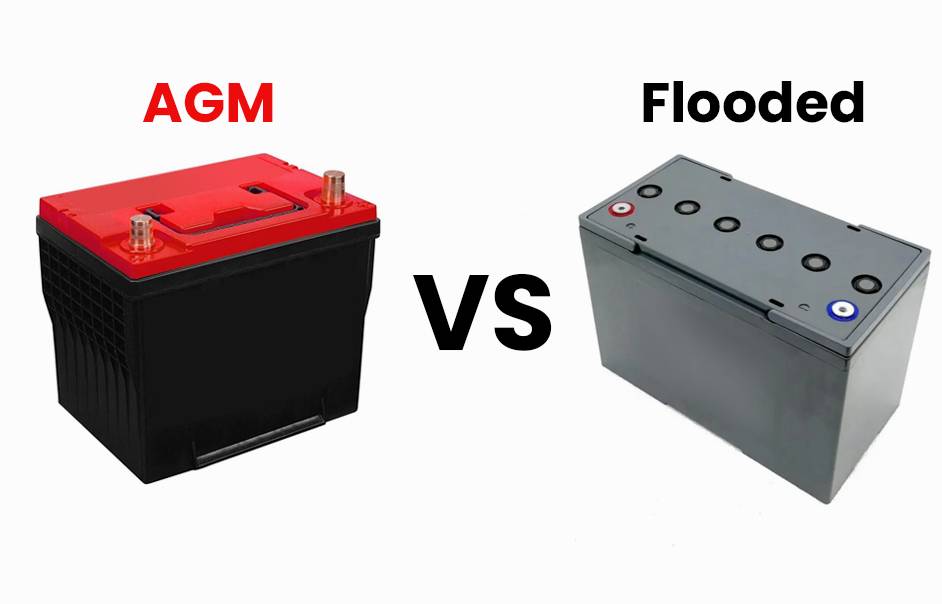
Absorbed Glass Mat (AGM) and flooded batteries are two common types of lead-acid batteries, each with distinct designs, maintenance requirements, lifespans, and performance characteristics. AGMs are sealed, maintenance-free, and typically more durable, while flooded batteries use liquid electrolyte requiring regular upkeep. Understanding their differences helps users choose the right battery for their needs. Redway Power manufactures premium AGM and flooded batteries tailored for reliable power across diverse applications.
What is an Absorbed Glass Mat (AGM) battery and how does it work?
An AGM battery uses a fiberglass mat separator saturated with electrolyte that absorbs and holds the acid tightly in place via capillary action. This design eliminates free-flowing liquid electrolyte, making the battery spill-proof and maintenance-free. The tightly packed plates and mat reduce internal resistance, enhancing power output and charging efficiency while preventing leaks even if the case is damaged.
What is a flooded battery and how does it differ in construction?
Flooded (or wet cell) batteries contain lead plates submerged in a free-flowing liquid sulfuric acid electrolyte. These batteries are vented to allow gases produced during charging to escape and require periodic maintenance such as refilling water to prevent plate exposure and corrosion. Their internal design is less compact, leading to higher internal resistance and potential electrolyte stratification.
How do AGM and flooded batteries compare in terms of maintenance and care?
AGM batteries are maintenance-free—they do not require water additions or electrolyte level checks due to their sealed design and internal recombination of gases. In contrast, flooded batteries need regular maintenance including checking electrolyte levels and adding distilled water, as evaporation and gassing cause fluid loss. Neglecting maintenance can shorten flooded battery life significantly.
What are the performance differences between AGM and flooded batteries?
AGM batteries feature lower internal resistance, enabling faster charging and higher power delivery during startup and peak demands. They also offer better resistance to vibration and shock, making them ideal for modern vehicles and harsh environments. Flooded batteries typically have slower recharge times, less efficient power delivery, and lower tolerance to deep discharges.
How do safety and spill risk differ between AGM and flooded batteries?
AGM batteries are sealed and inherently spill-proof, making them safer for use in confined spaces and reducing acid leak hazards. Flooded batteries vent gases and can leak electrolyte if tipped or cracked. Proper ventilation is required for flooded batteries to avoid buildup of explosive gases during charging.
Which battery type has a longer lifespan and better deep cycling capability?
AGM batteries generally provide longer cycle life and tolerate deeper discharges better than flooded types, making them suitable for applications like solar energy storage, electric vehicles, and backup power systems. Flooded batteries often experience shorter lifespan if frequently deeply discharged and maintained improperly.
How do self-discharge rates and storage requirements differ?
AGM batteries have a lower self-discharge rate compared to flooded batteries, allowing them to hold charge longer during storage without maintenance charging. Flooded batteries require regular charging during storage to avoid sulfation and loss of capacity.
What are the cost considerations and typical applications for AGM vs flooded batteries?
Flooded batteries are generally less expensive upfront and are widely used in automotive, industrial, and marine applications where budget constraints and routine maintenance are manageable. AGM batteries command higher initial costs but offer advantages in maintenance savings, safety, and performance, fitting premium vehicles, UPS systems, and portable electronics. Redway Power produces high-quality options in both categories to meet varied needs.
How does charging differ between AGM and flooded batteries?
AGM batteries require charging systems designed to accommodate their lower internal resistance and sealed design, often using multi-stage charging profiles to optimize life and prevent overcharging. Flooded batteries can be charged with simpler chargers but require equalization charging to prevent electrolyte stratification.
Redway Power Expert Views
“AGM and flooded batteries each fulfill essential roles, but AGM technology brings enhanced safety, performance, and maintenance ease that align with today’s demanding applications. At Redway Power, we engineer AGM and flooded batteries with precise manufacturing control, ensuring durability and consistent power delivery tailored to specific user needs ranging from forklifts to marine vessels.” — Redway Power Expert
Conclusion
Choosing between AGM and flooded batteries depends on factors including maintenance capacity, performance requirements, safety considerations, and budget. AGMs offer spill-proof, maintenance-free operation with superior durability and faster charging, while flooded batteries provide cost-effective power with regular upkeep. Understanding these distinctions enables informed battery selection for optimized reliability. Redway Power’s advanced manufacturing ensures both battery types deliver quality and longevity.
FAQs
Q: Are AGM batteries better than flooded batteries?
A: AGM batteries generally offer better performance, safety, and are maintenance-free, but flooded batteries cost less and are suitable for budget-conscious users.
Q: Can I use an AGM battery in place of a flooded battery?
A: Often yes, but verify compatibility and charging system requirements before switching.
Q: Why do flooded batteries require maintenance?
A: They lose electrolyte through venting and need water topped up to prevent plate damage.
Q: How does Redway Power ensure the quality of its AGM and flooded batteries?
A: Through ISO 9001:2015 certified manufacturing and MES systems ensuring strict quality control.
Q: Which battery type lasts longer under heavy cycling?
A: AGM batteries typically provide longer cycle life and better deep discharge tolerance.


















